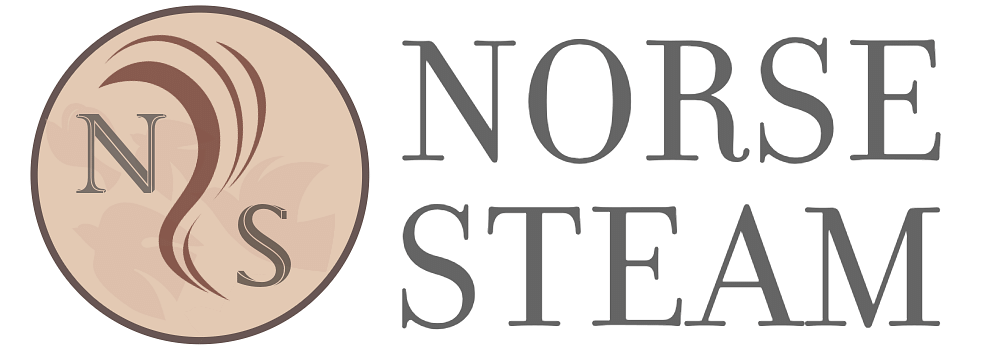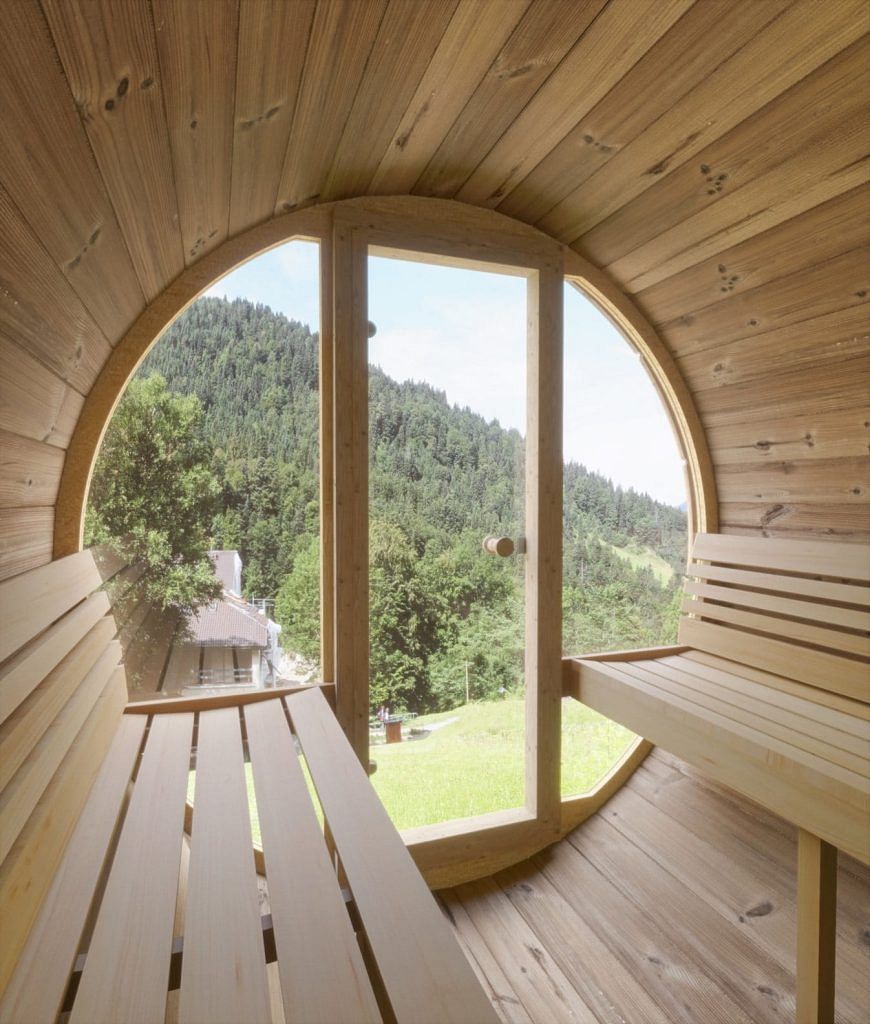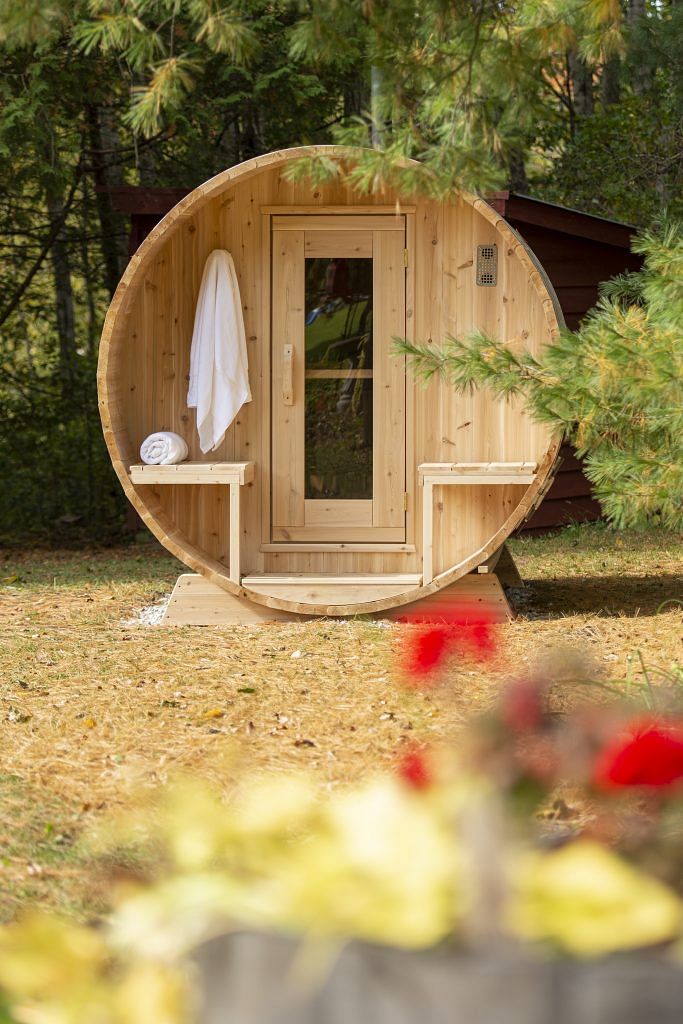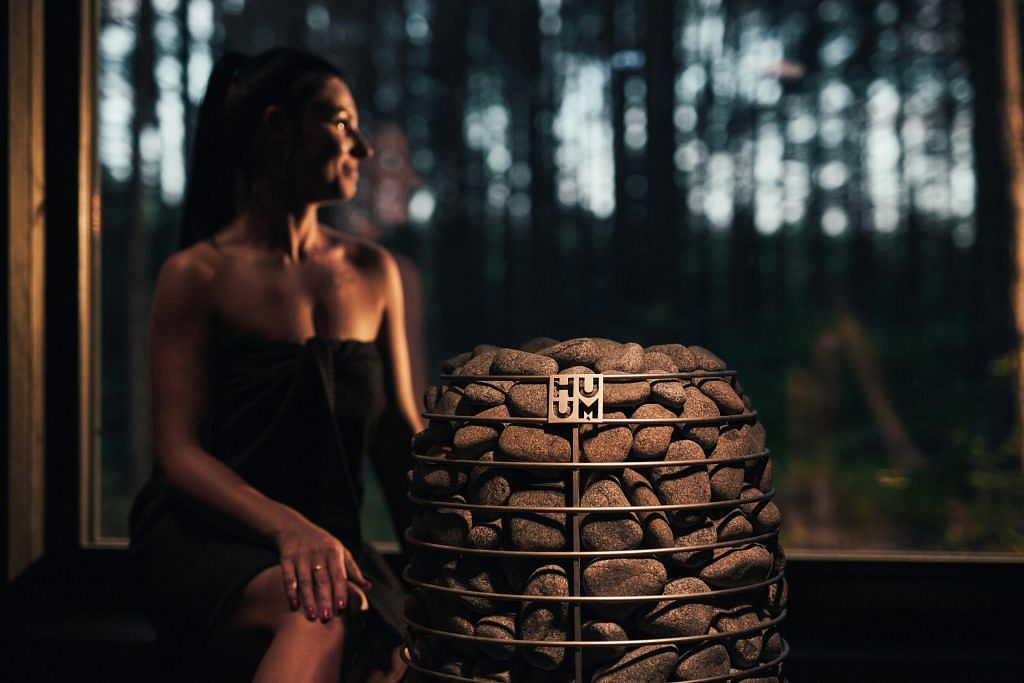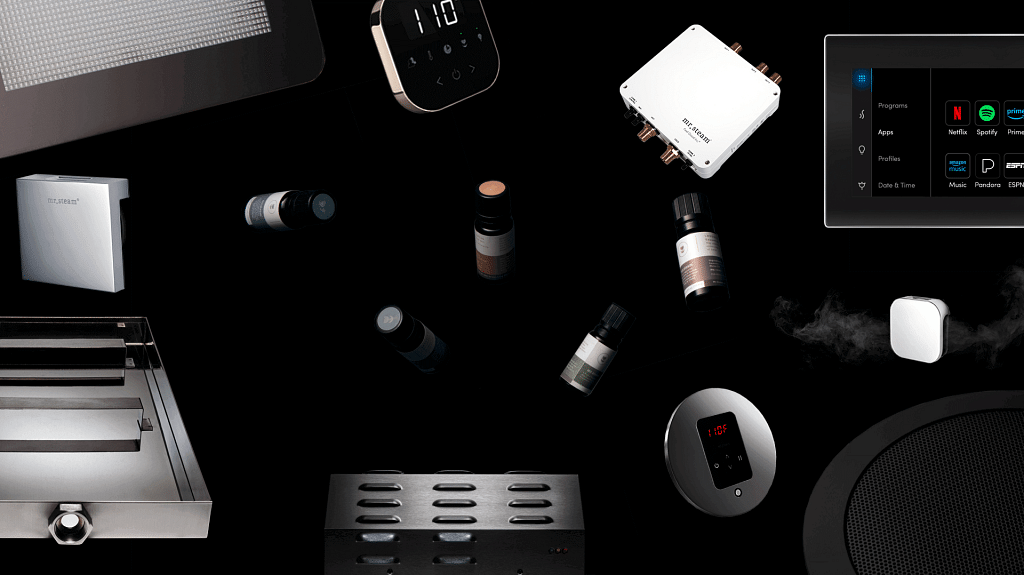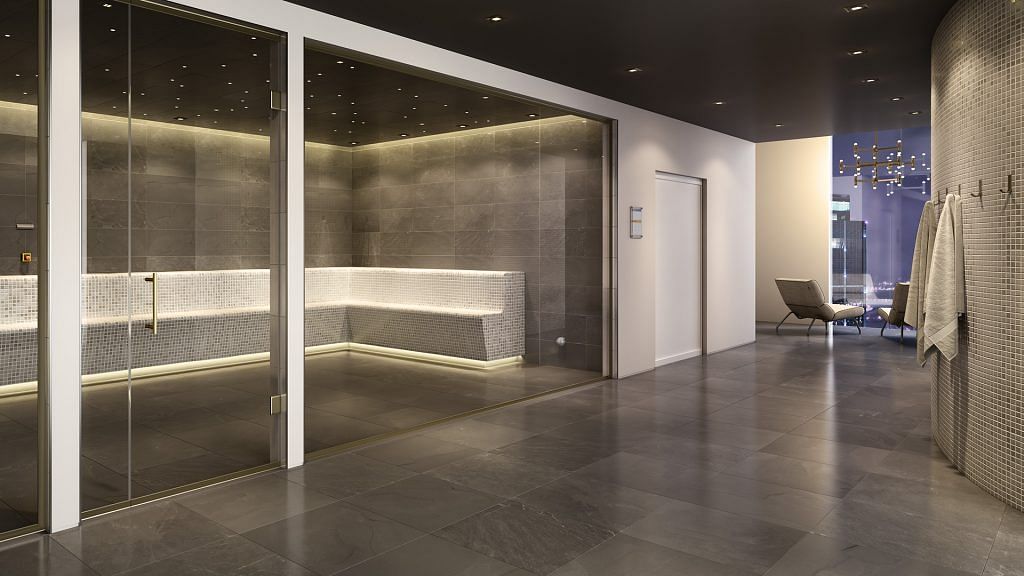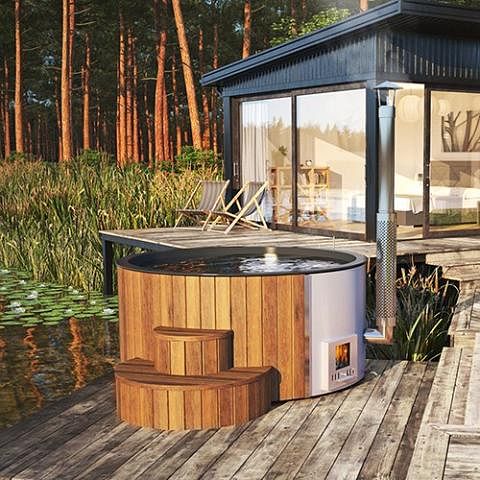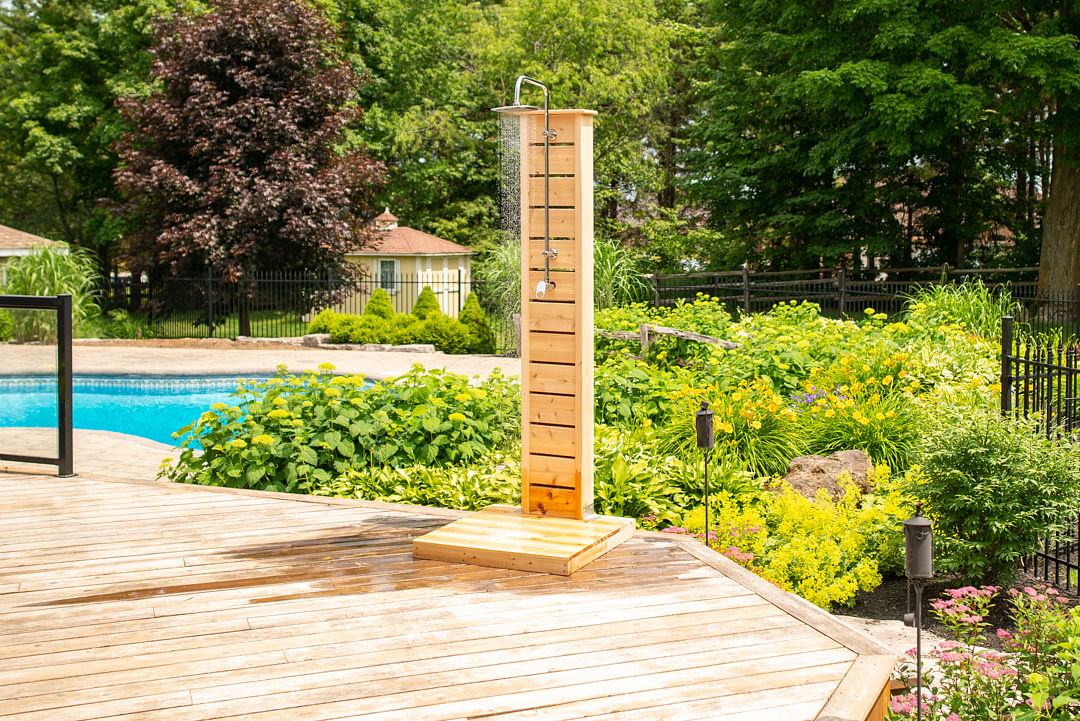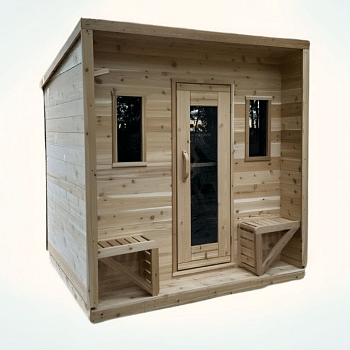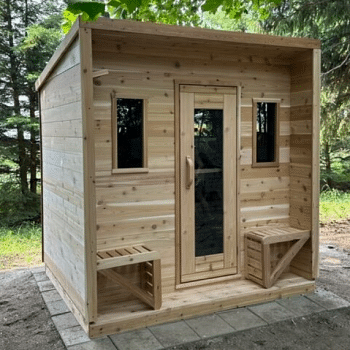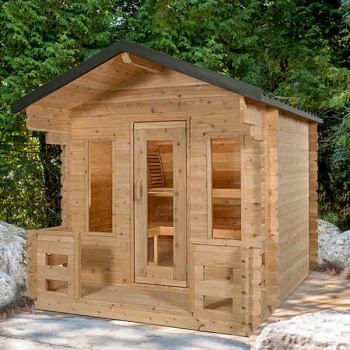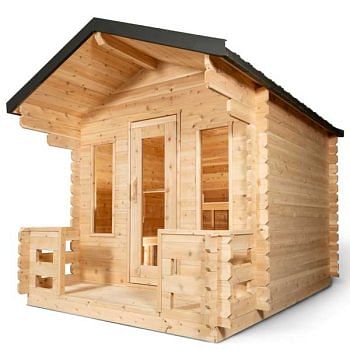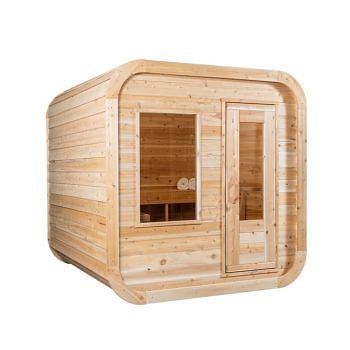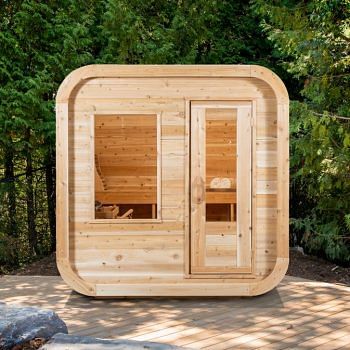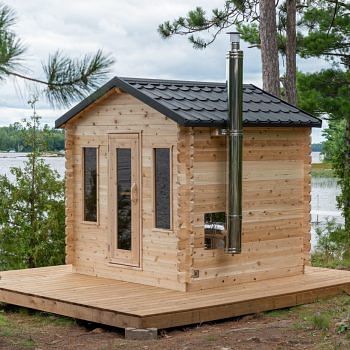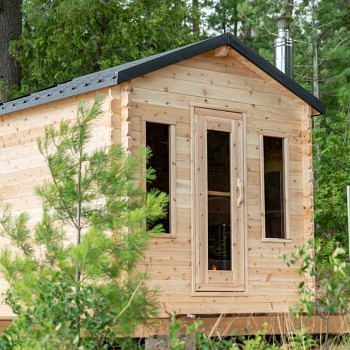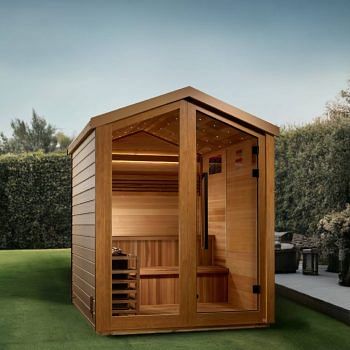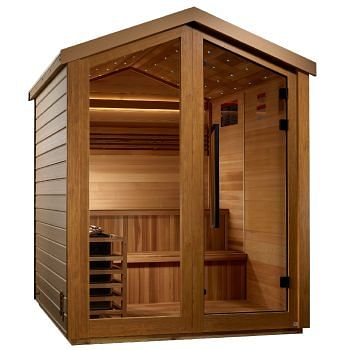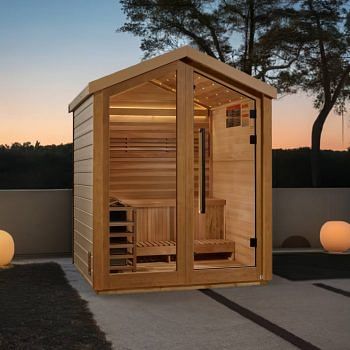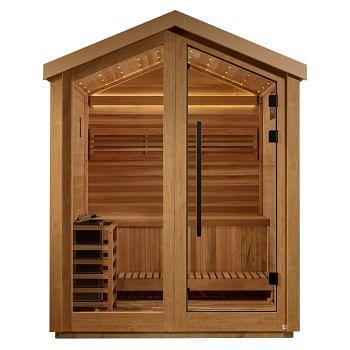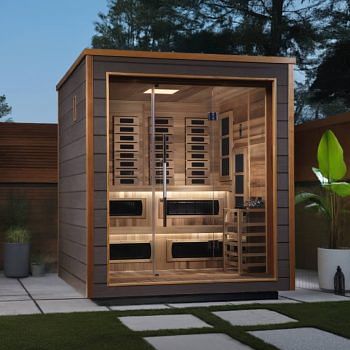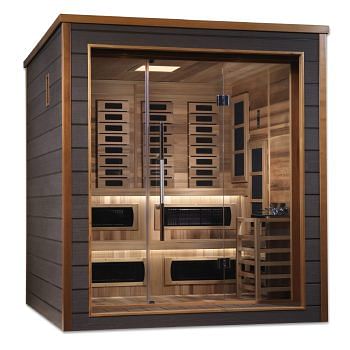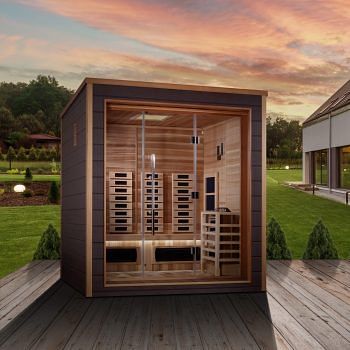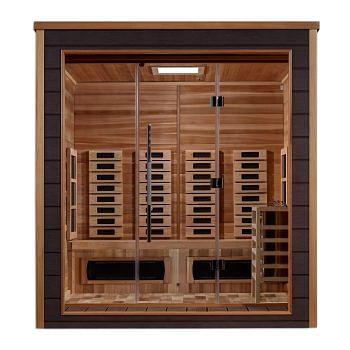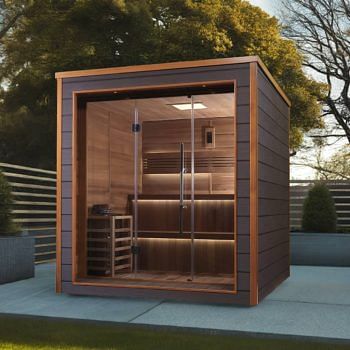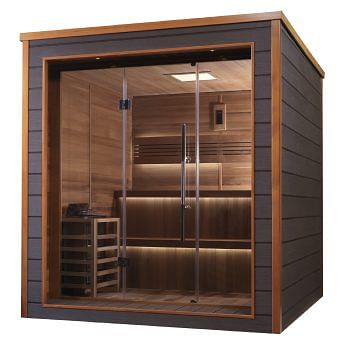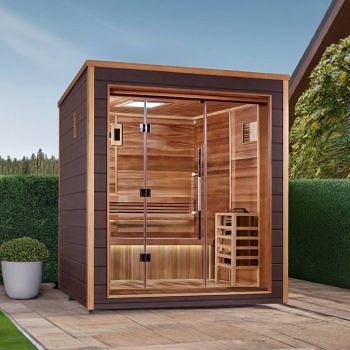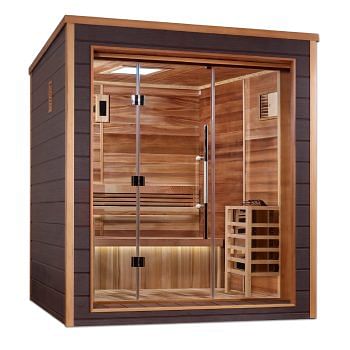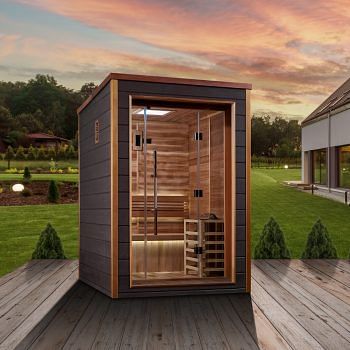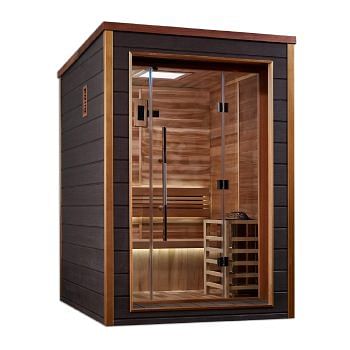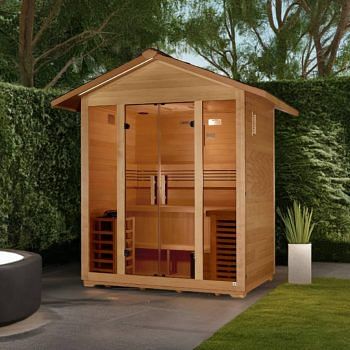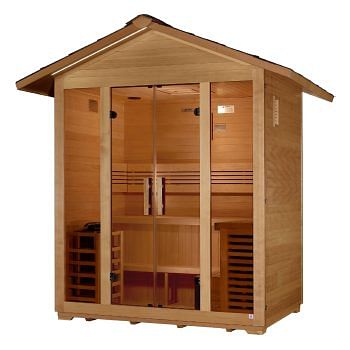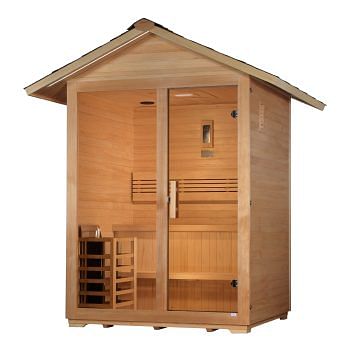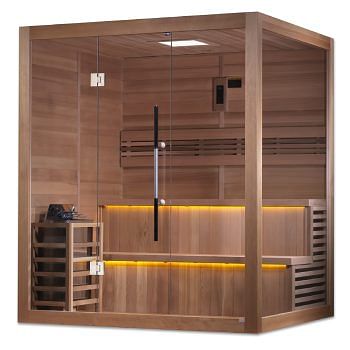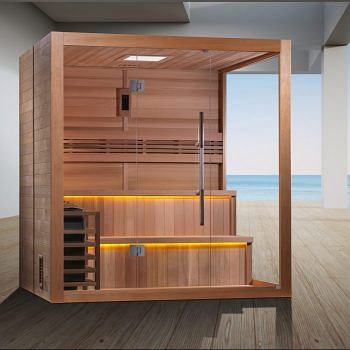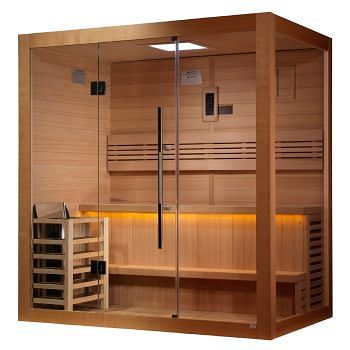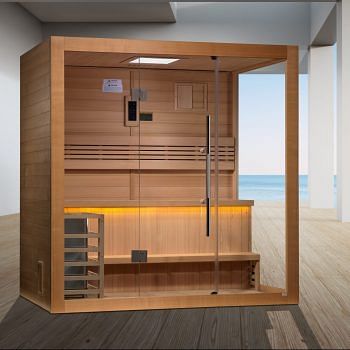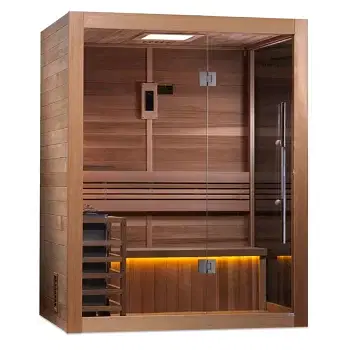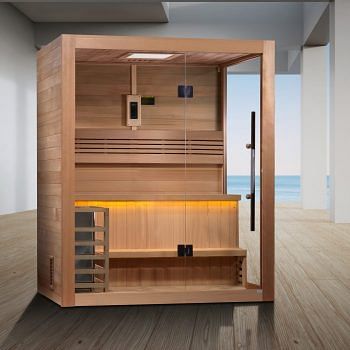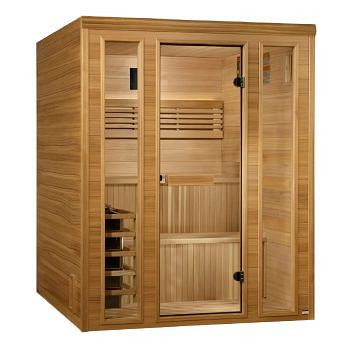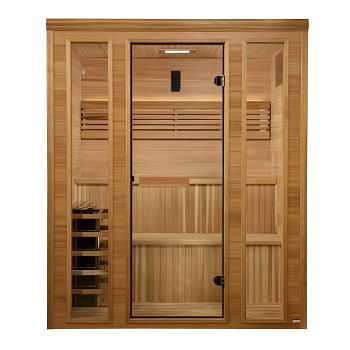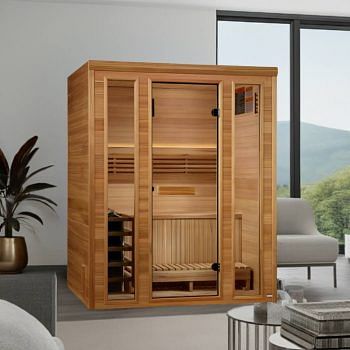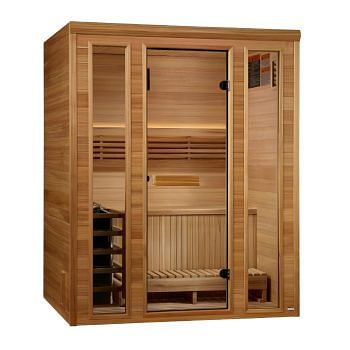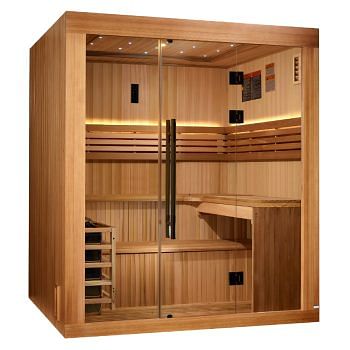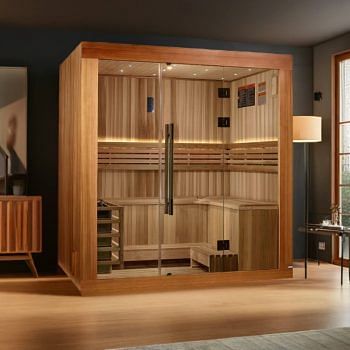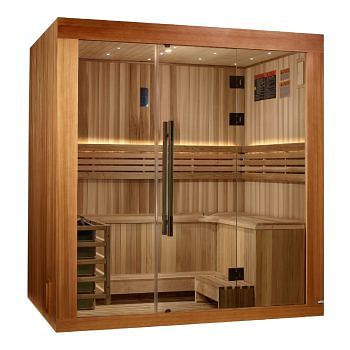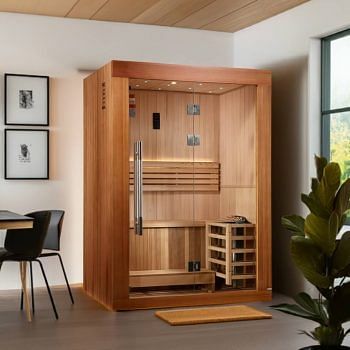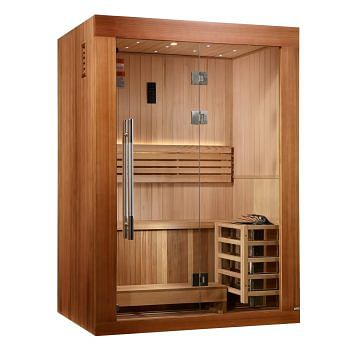Sauna Accessories
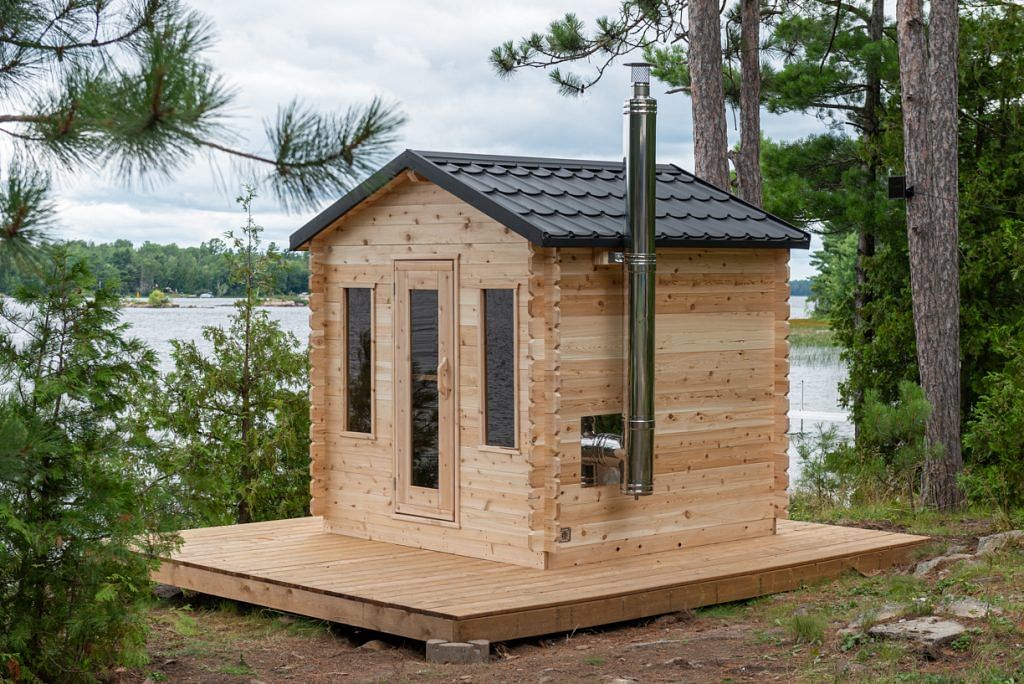
What Size Traditional Sauna Should You Get?
Finding the perfect traditional sauna for your home starts with considering how much space you have and who you'll be sharing it with. Here's a breakdown to help you determine the ideal size:
- Number of Users: Traditional saunas are built for shared enjoyment. A 4' x 4' sauna comfortably accommodates one person, while a 6' x 5' size offers ample space for 2-3 people to sit or lie down comfortably. If you envision family gatherings or entertaining friends, consider a larger sauna, like an 8' x 4' design, which can seat 4-6 people.
- Available Space: Measure your designated sauna area carefully, accounting for door clearance and ventilation requirements. Traditional saunas typically require more space than infrared saunas due to the need for a heater and air circulation.
- Comfort Considerations: Allow enough room for movement within the sauna. You should be able to sit comfortably on the benches and stretch out if desired. Consider the height of the tallest user and ensure there's adequate headroom to avoid feeling cramped.
Traditional Saunas: Indoors vs Outdoors
Deciding between an indoor or outdoor traditional sauna boils down to three key factors:
- Installation and Customization: Indoor saunas typically require adapting an existing space, potentially involving plumbing and electrical work. Outdoor saunas offer more flexibility in size, design, and placement within your outdoor area. They're often pre-fabricated and easier to install yourself.
- Ambiance and Accessibility: Indoor saunas provide a convenient year-round escape, regardless of weather conditions. They can be seamlessly integrated into your bathroom or create a dedicated wellness space. Outdoor saunas offer a unique connection to nature, with the potential for scenic views. However, accessing them in cold weather might require bundling up for a quick dash.
- Maintenance: Indoor saunas are sheltered from the elements, requiring less frequent maintenance. Outdoor saunas necessitate regular cleaning and treatment of the wood to withstand weather exposure.
What Type of Wood Is Best for Traditional Saunas?
The ideal wood for your traditional sauna depends on several factors, including indoor or outdoor placement, desired aesthetics, and budget. Here's a breakdown of popular choices:
- Western Red Cedar: A classic favorite, cedar boasts exceptional weather resistance and a beautiful reddish hue. Its natural oils repel moisture, making it well-suited for both indoor and outdoor saunas. Cedar offers a pleasant aroma and is a good insulator, promoting even heat distribution. However, it can be a pricier option.
- Eastern White Cedar: This lighter-colored wood shares many of Western Red Cedar's benefits, including moisture resistance and a delightful aroma. It's generally more affordable and readily available, making it an attractive choice for budget-conscious buyers. Eastern White Cedar might require more frequent maintenance for outdoor saunas due to its slightly lower weather resistance.
- Hemlock: A strong contender, Hemlock provides excellent durability and a light, attractive appearance. It's known for its stability in fluctuating temperatures and humidity levels, making it adaptable for both indoor and outdoor use. Hemlock is typically more affordable than cedar and offers a subtle, clean scent.
- Nordic Spruce: The traditional wood of Finnish saunas, Spruce is prized for its light color, tight grain, and minimal resin content. Spruce is a good choice for indoor saunas as it performs well in dry environments. However, it may require more frequent maintenance for outdoor saunas due to its slightly lower weather resistance compared to cedar.
Additional Considerations:
- Climate: If you live in a very humid region, Western Red Cedar or Hemlock might be preferable due to their superior moisture resistance.
- Longevity: For outdoor saunas, prioritize weather-resistant options like Western Red Cedar.
- Aesthetics: Consider the overall design of your sauna and choose a wood that complements your desired style.
Remember, consulting with a sauna expert can help you select the perfect wood type based on your specific needs and preferences.
What Type of Heater Should You Get?
The heart of your traditional sauna is the heater, and choosing the right one significantly impacts your sauna experience. Here's a breakdown of the most common types to help you decide:
- Pros: Provide the most authentic sauna experience with the crackling fire and natural aroma of burning wood. They offer excellent heat distribution and a very dry heat sensation.
- Cons: Require a chimney and proper ventilation for safety. Wood needs to be stored and readily available. Heat-up time can take 30-60 minutes, requiring planning ahead. Maintenance involves cleaning the ash pan and chimney. Generally more expensive than electric heaters.
- Best For: Traditional sauna purists who prioritize the experience and don't mind the extra steps involved. Ideal for off-grid locations or those with a readily available wood supply.
- Pros: Clean, convenient, and easy to use. Flip a switch and your sauna starts heating up. Faster heat-up times compared to wood-burning heaters (typically 15-30 minutes). Require minimal maintenance. Electric heaters come in various sizes to suit different sauna volumes. Some models offer features like remote control and programmable timers.
- Cons: Don't provide the same level of visual ambiance as wood-burning heaters. The heat can feel slightly different, some preferring the softer heat of wood. Generally more expensive upfront compared to basic wood-burning heaters.
- Best For: Those seeking convenience and ease of use. Ideal for indoor saunas or locations with limited ventilation options.
Additional Considerations
- Sauna Size: Heater wattage needs to be appropriate for your sauna's cubic footage. A qualified professional can help you determine the right size.
- Budget: Electric heaters typically have a lower upfront cost but ongoing electricity costs. Wood-burning heaters require a lower upfront cost but ongoing costs for firewood.
- Personal Preference: Consider the type of heat experience you desire and how much time you're willing to invest in preparation.
By weighing these factors and your preferences, you can select the ideal heater to transform your traditional sauna into a haven of relaxation and rejuvenation.
